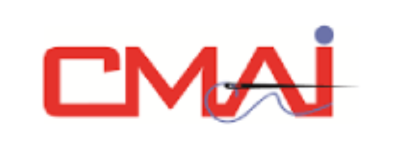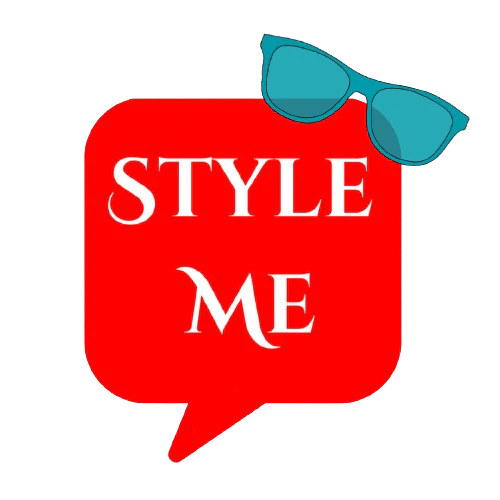
Reviving Tradition: The Beauty of Handwoven Fabrics
Efficiency Metric: Preservation of Cultural Heritage and Traditional Techniques
Introduction
Handwoven fabrics tell a tale of legacy and of an era gone by. Anyone who owns handwoven textile clothing will most likely have inherited them. The reason?
Handloom fabric had become hard to find. Power looms took over the handloom industry and fashion became ‘fast’. Luckily, for those of us who know handloom's true value, this tradition has been seeing a resurgence.
History of Handwoven Fabrics
The earliest evidence of handloom weaving was found in the Indus Valley Civilizations. The very fabric found in the excavations of Mohenjo-Daro was also found in Egypt. It was a mark of a flourishing handwoven fabric trade between India and other countries. Later Mughals brought with them their techniques for weaving rich traditional fabrics. Palaces and museums across India today, lay testament to this rich cultural heritage produced by Indian handlooms for yore. The Indian Swadeshi movement contributed to a spurt in the popularity of national fabrics such as khadi. Despite the crest and troughs through time, Indian handlooms have been resilient.
Explore the Beauty of Handwoven Weaves
There was a time when India easily produced hundreds of different types of handloom fabric. Now, the numbers have been reduced to half. However, that half is thriving. Here are some of the well-known ones:
Ikats- At the outset, Ikat weaves remind one of pixelated retro video games. The intentional bleed and sharp geometric shapes, distinguish Ikat from other traditional fabrics. Ikat sarees are coveted by those who like to mix the traditional and modern while dressing up.
Ajrakh – As a block-printing technique, Ajrakh is done only on cotton fabric it enhanced the hues of the Ajrakh shades. The fabric dyed using natural and organic materials like indigo, madder, harde powder, pomegranate seeds. Ajrakh's intricate design motifs and patterns are achieved through one of the most sophisticated block printing techniques.
Dabu - The method of Dabu Printing involves mud-resist block printing craft. It is a 100-year-old ancient technique that includes 15-22 processes, 25-40 pairs of hands, at least 65 hours spread over six days, and a lot of sand. Prathaa uses the pristine art to create the collection and infusing their signature bindi motif as a Dabu print.
Jamdani- Jamdani is a fine, handwoven traditional Indian fabric known for its intricate patterns. Originating from Bengal, this traditional textile art involves labour- intensive weaving techniques, resulting in exquisite motifs that appear to float on the fabric. It is highly prized for its beauty and craftsmanship and is the reason why Jamdani sarees and blouses are highly sought after.
Bagru - is a print and dye technique passed down from generation to generation. A true Bagru can be distinguished by the sheen and a robust colour palette of indigo, black, red, green, pink, and orange derived from natural sources. Prathaa, is wishfully working on imprinting the heritage craft into modern women’s clothing attires, keeping it alive and thriving.
Why Revive Handwoven Fabric?
A logical question that occurs to most people is why should we revive handloom. After all, the world seems to be doing just fine without slow fashion.
Growing Demand
The resurgence in demand for handwoven fabric hasn’t gone unnoticed. India’s eminent fashion designers have crafted entire collections out of the traditional fabrics listed above. Indian weavers have witnessed a growing demand for Indian handwoven fabric from other countries. It might be a chicken and egg story, but it’s the age-old one of demand and supply.
Preserving Cultural Heritage
The artisanal weaving community in different pockets of India preserves a cultural heritage. Be its the weavers of Bhagalpur or those of Maheshwari. The art of weaving is passed down the generations. They must train the next generation to ensure that this culture is passed on. However, in the past decade, newer generations have opted for other occupations given the depleting demand for handloom. Reviving handwoven fabrics will make future generations will encourage future generations to preserve this cultural heritage.
Preserving Traditional Techniques
Handloom weavers employ complex techniques in weaving beautiful yarns using seemingly simple looms. Behind the clacking of these wooden looms, there are many intricate techniques involved. Kadiyal, bandha, panja, petni, kodi and reku are some of them. Reviving handloom will ensure that these techniques are preserved and practised for generations to come.
Role of Sustainable Fashion Labels
Sustainable fashion brands such as Prathaa are playing a pivotal role in the revival of this weaving tradition in this era of modern fashion. Prathaa sources traditionally woven fabric from skilled artisans and make them accessible to customers across different geographies. The importance of using traditional textiles in creating modern outfits, cannot be stressed enough. This helps us cater to a wider audience, in effect accelerating the revival of handwoven fabrics.
Conclusion
Handwoven fabrics have had quite a journey from being at the peak, to the depths of despair and back again. The recent revival of this tradition has given hope to lakhs of traditional weavers and smile to artisan communities. The renaissance of handmade fabrics such as Ikat, Tussar, Khadi etc. has breathed a breath of fresh air into Indian fashion design. Sustainable clothing brands such Prathaa play a huge role in ensuring the momentum of revival.




















Leave a comment
This site is protected by hCaptcha and the hCaptcha Privacy Policy and Terms of Service apply.